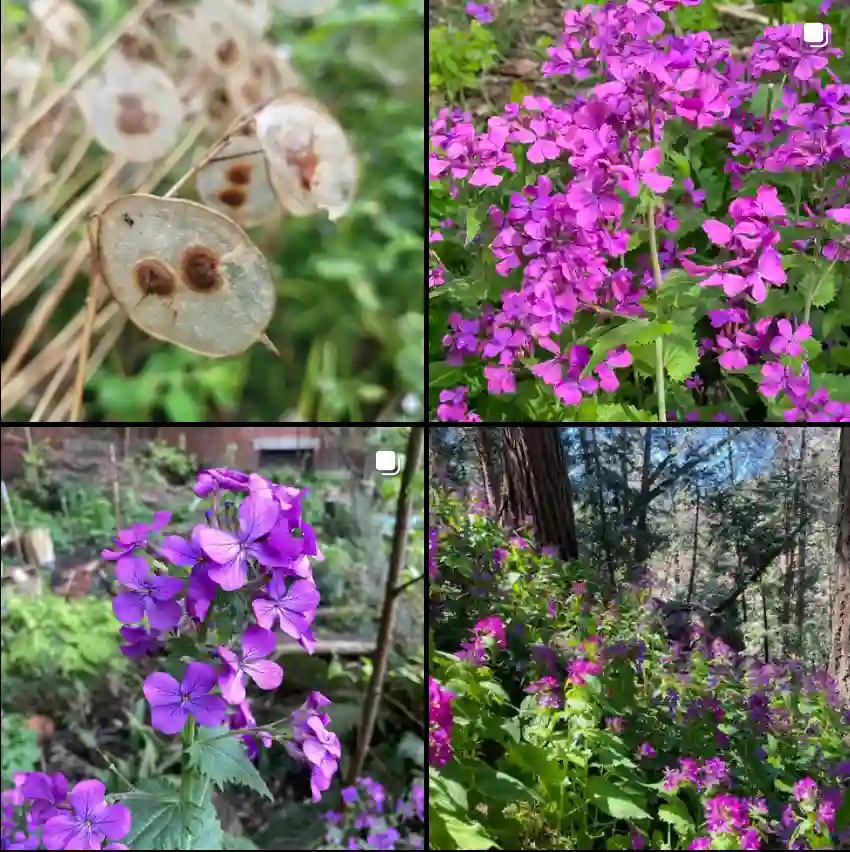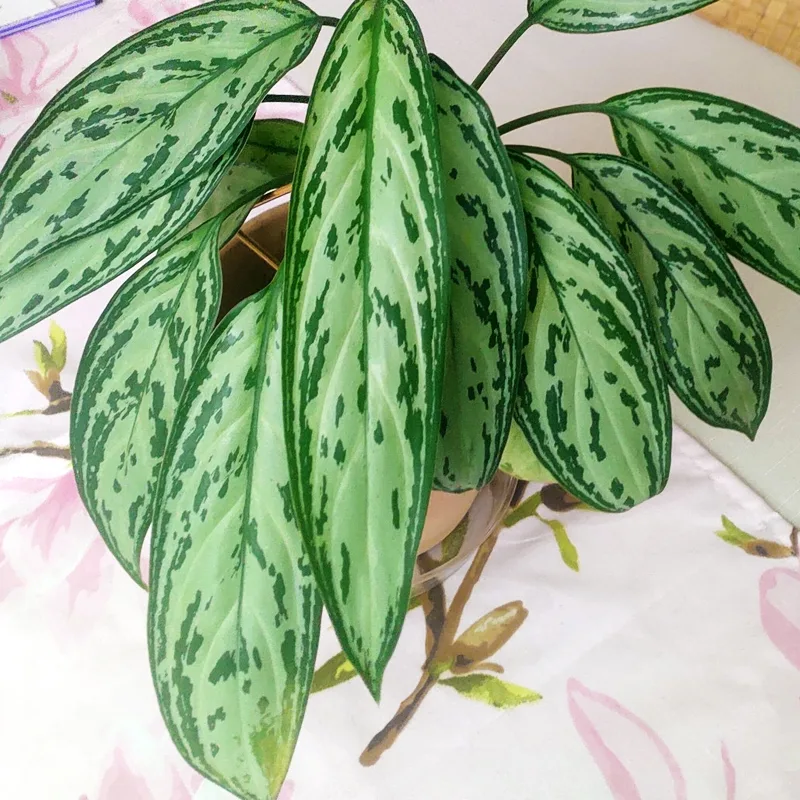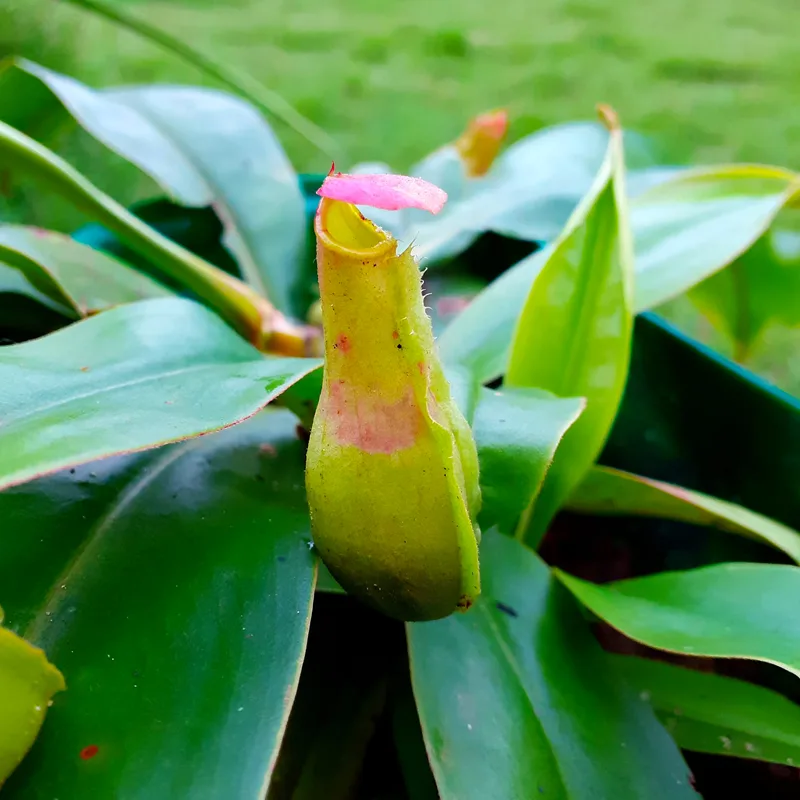Leucothoe: A Gardener’s Appreciation
My name is Ferb Vu, and I’ve always been drawn to the subtle beauty of woodland gardens. There’s a tranquility found in the dappled shade, the soft rustling of leaves, and the understated elegance of shade-loving plants. Among my favorites is the genus Leucothoe, a group of shrubs that embody the very essence of woodland charm.
These evergreen shrubs, belonging to the Ericaceae family, are native to both Asia and the Americas. They are renowned for their graceful arching stems, their delicate flowers, and their vibrant foliage that often takes on fiery hues in the fall. What truly captivates me, however, is their ability to thrive in the cool, damp conditions where many other plants struggle.
A Diverse Genus
The genus Leucothoe boasts a modest yet diverse range of species, each with its own unique characteristics:
- Leucothoe axillaris is a low-growing, evergreen shrub native to the southeastern United States, known for its graceful, arching branches and glossy, lance-shaped leaves that turn red to bronze in fall. It thrives in moist, acidic soils and shaded areas, making it ideal for woodland or naturalized garden settings. In spring, clusters of small, fragrant white flowers appear along the stems, adding delicate beauty to its lush foliage. Plant FAQs: Leucothoe Axillaris
- Leucothoe davisiae, or Sierra Laurel, is native to the mountainous regions of the western United States. This compact, evergreen shrub features leathery, deep green leaves that contrast beautifully with its clusters of small, white, urn-shaped flowers blooming in late spring. It’s highly adaptable to cooler, shaded environments and well-suited for rock gardens or natural landscapes, providing resilience in areas with challenging conditions.
- Leucothoe fontanesiana, commonly known as Drooping Leucothoe, is appreciated for its cascading, arching branches and glossy, dark green leaves that turn to shades of purple and burgundy in the winter. Native to the Appalachian Mountains, this evergreen shrub produces small, white bell-shaped flowers in spring, offering a woodland charm and year-round interest to shaded garden areas. Plant FAQs: Leucothoe Fontanesiana
- Leucothoe griffithiana is native to the Himalayas and showcases elongated, pointed leaves that emerge with a bronze tint before maturing to a rich green. The shrub’s dense, evergreen foliage is complemented by clusters of small white flowers that appear in spring. Its tolerance for shaded and partially shaded areas makes it an excellent choice for woodland-style gardens or sheltered borders in cooler climates.
- Leucothoe keiskei is a compact, evergreen species originating from Japan, known for its low, spreading growth and elegant, narrow leaves that deepen in color during colder months. Small, fragrant white flowers bloom in early spring, adding a delicate touch to its appealing foliage. This variety is particularly suited for shaded borders and rock gardens, where its dense, mat-forming habit creates an attractive ground cover.
Cultivating Leucothoe
In my own garden, I’ve found Leucothoe to be surprisingly low-maintenance. They prefer a shady or partially shaded location with acidic, well-drained soil. Consistent moisture is key, especially during the first year after planting. Once established, however, they are relatively drought-tolerant.
While they generally maintain a neat, compact form, I occasionally prune my Leucothoe to remove any dead or damaged branches and to encourage bushier growth. Early spring, before new growth emerges, is the ideal time for pruning.
Companions in the Shade
Leucothoe shrubs are excellent companions for other shade-loving plants. I particularly enjoy pairing them with ferns, hostas, and rhododendrons. The contrasting textures and colors create a dynamic and visually appealing tapestry.
A Note of Caution
It’s worth noting that Leucothoe species contain grayanotoxins, a group of neurotoxins that can be harmful if ingested. While they are generally not considered a significant risk to humans, it’s wise to exercise caution, especially around children and pets.
A Lasting Impression
For me, Leucothoe represents the quiet beauty and resilience of nature. These understated shrubs bring a touch of elegance and year-round interest to the shade garden. Their graceful form, delicate flowers, and vibrant foliage never fail to capture my attention, reminding me of the simple pleasures found in the natural world.
If i die, water my plants!



